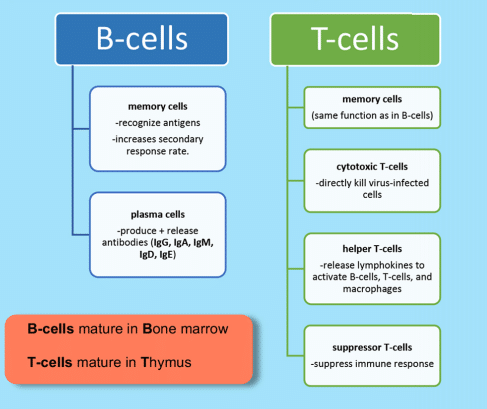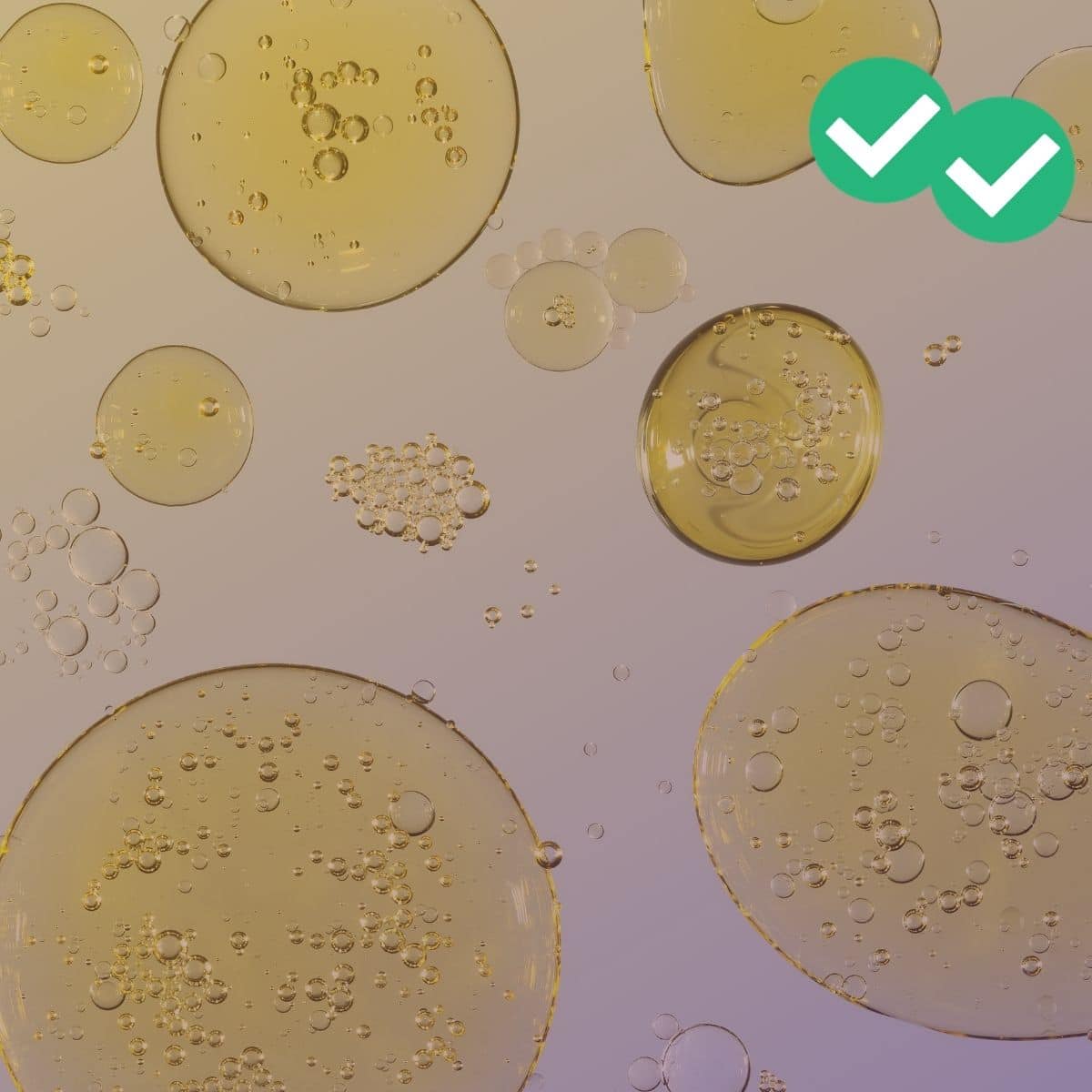
Want greater familiarity with the MCAT immune system content you’ll encounter on testing day? We’ll cover everything you’ll want to study for an in-depth understanding of the human immune system. Also feel free to check out our guide to all of the topics tested on the MCAT bio and biochem section.
For a PDF version of this information (and for more great MCAT resources), click the link below!
Let’s dive in! So first and foremost, the immune system consists of two parts: the innate immune system and the adaptive immune system. We’ll cover each in depth below.
Innate Immune System
- Non-specific, immediate
- Components include: antimicrobials, phagocytes, cilia-lined passages, and interferons
- Active inflammatory response
- Recruitment of immune cells via release of cytokines
Cells of Innate Immune System
- Macrophages
- Mast cells
- Granulocytes
- Dendritic cells
- Natural killer cells
Blood Cell Formation
Blood cell formation, also called hematopoiesis, can be illustrated as follows:

Immune Cells (White Blood Cells, Leukocytes)
There are two central categories of immune cells:
| Granulocytes | Agranulocytes |
|---|---|
| Neutrophils – phagocytes | Lymphocytes (B and T cells) |
| Eosinophils – parasitic killer | Monocytes (young macrophages, engulf invaders) |
| Basophils – histamine release |
Adaptive Immune System
- Specific
- Activated B-cells produce antibodies in response to pathogens (humoral immunity)
- Antibodies bind to antigens of pathogen (for example, bacteria)
- T-cells recognize antigen and signal for apoptosis (cell-mediated immunity)
Cells of Adaptive Immune System

Major Organs and Tissues
1. Skin
2. Lymphatic System
- Bone marrow: produces all WBC’s, B-cell differentiation
- Spleen: blood storage, B-cell activation
- Thymus: T-cell differentiation
- Lymph nodes: provide sites for cell communication and attack, B-cell activation
3. Gut-associated lymphoid tissue (GALT)
- Tonsils and adenoids: trap bacteria and viruses
- Peyer’s Patches: monitors intestinal bacteria population
- Appendix: creation/protection of good bacteria
MCAT Immune System Questions: A Final Word
The human immune system is highly complex and a deep understanding of how it works will help you immensely on the Bio/Biochem section of the MCAT. We suggest studying the innate immune system and adaptive immune system separately, as well as in relation to one another.
And as always, studying effectively goes beyond just memorizing the parts of the immune system. Instead, focus on how all of the interrelated parts work together to keep the human body healthy!
For more MCAT practice, hop on over to Magoosh’s MCAT prep, including 745+ practice questions, 380 lessons, and personalized email assistance.
Happy studying and good luck!






Leave a Reply